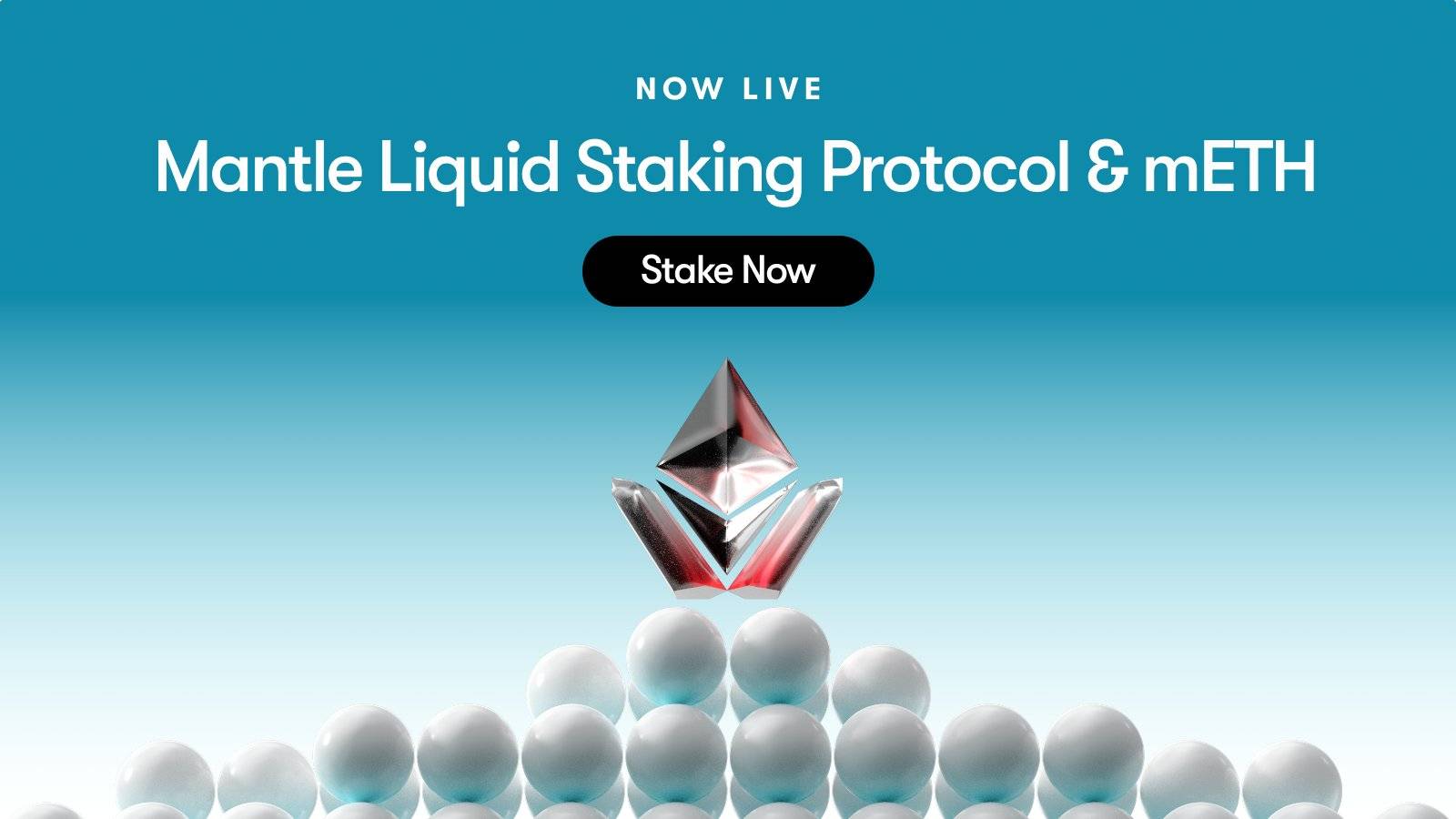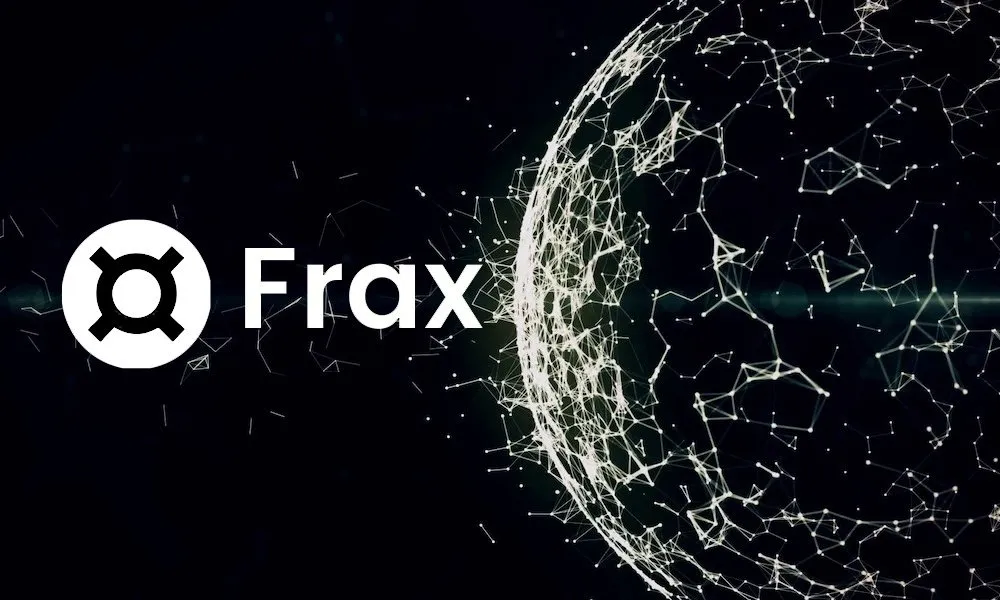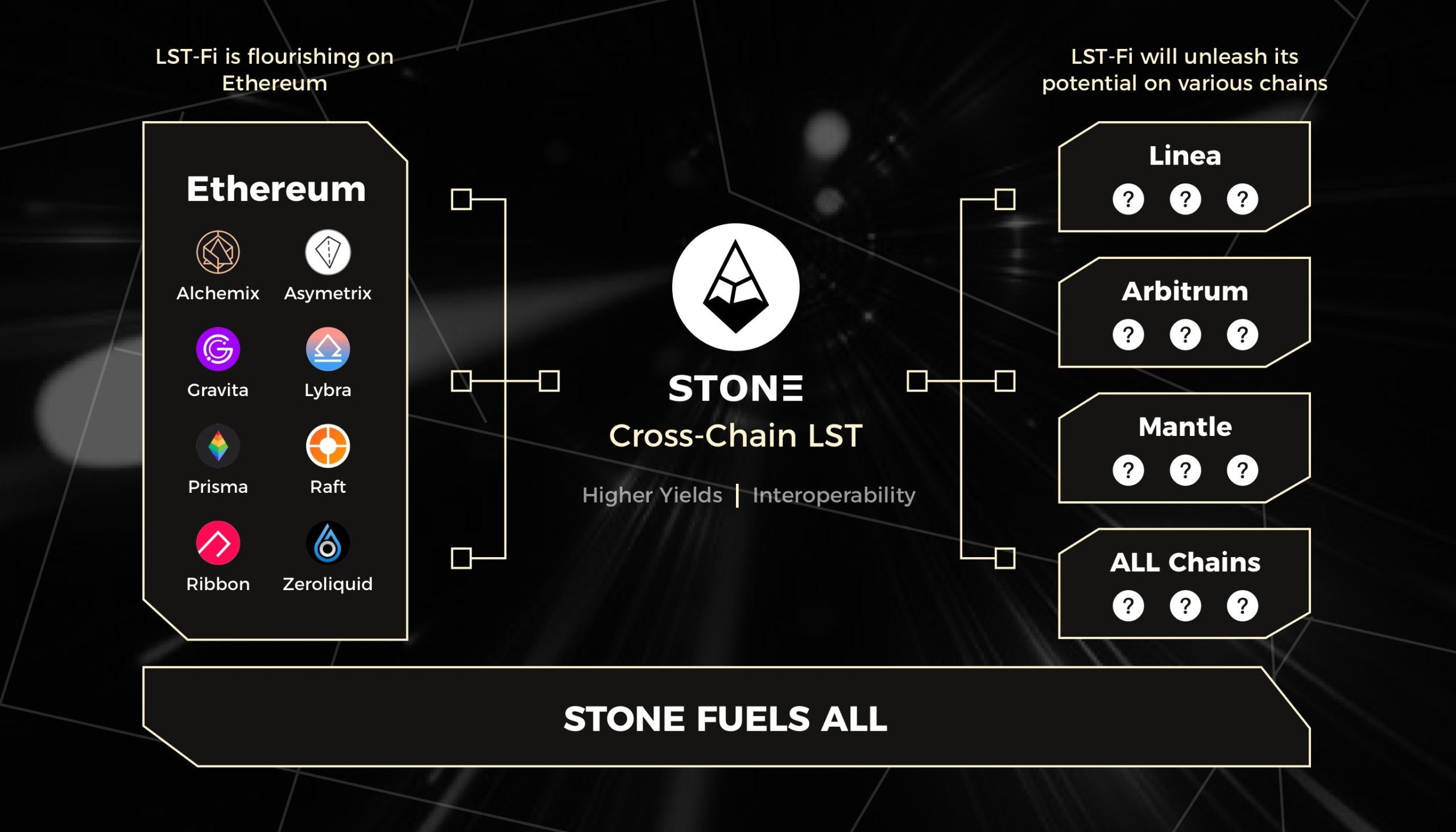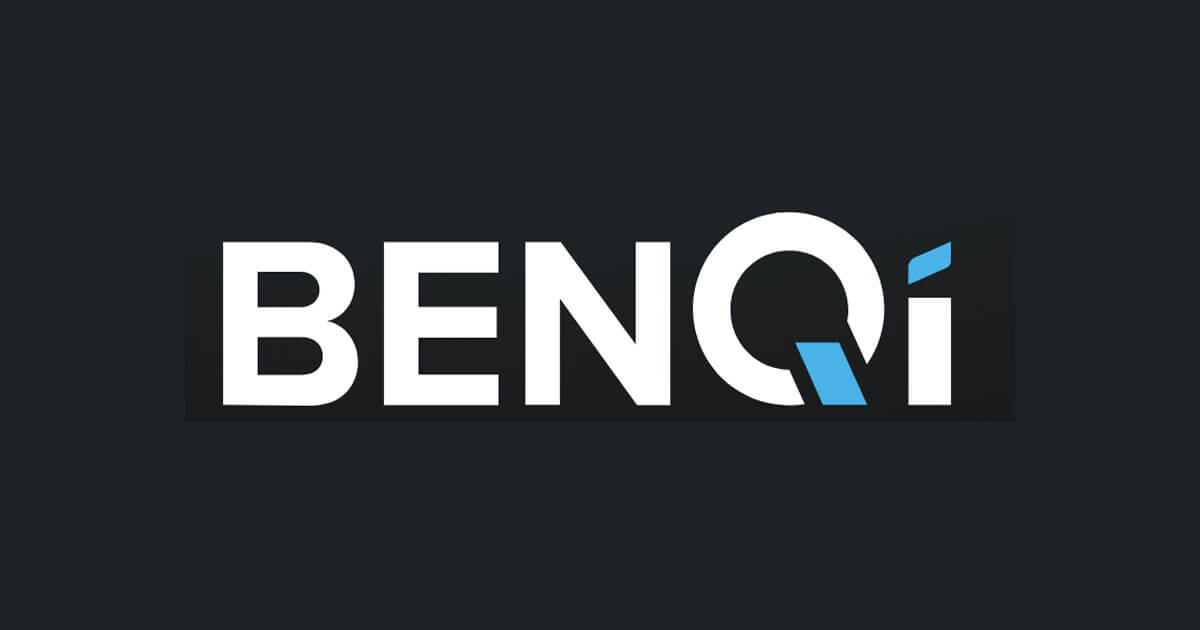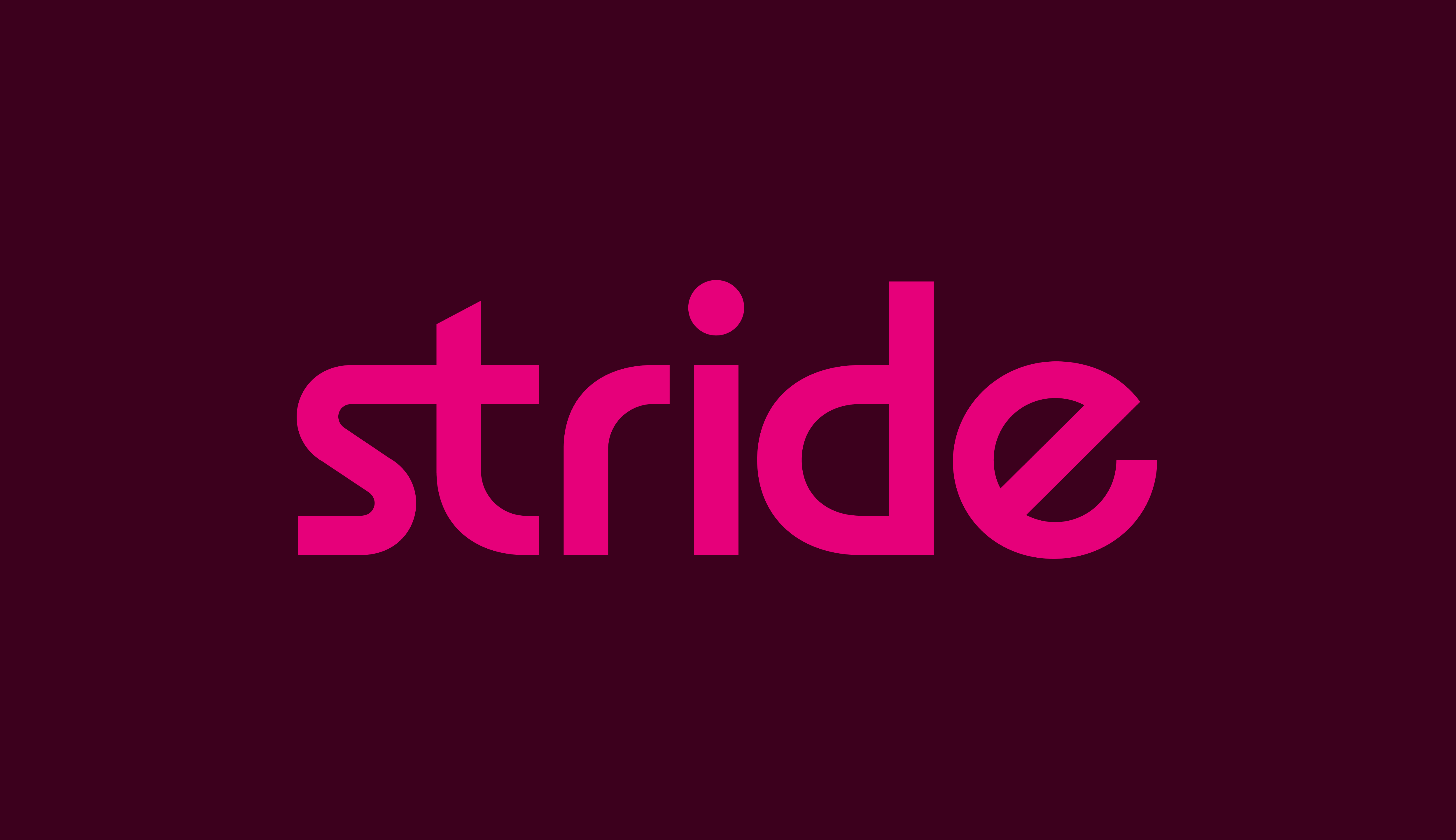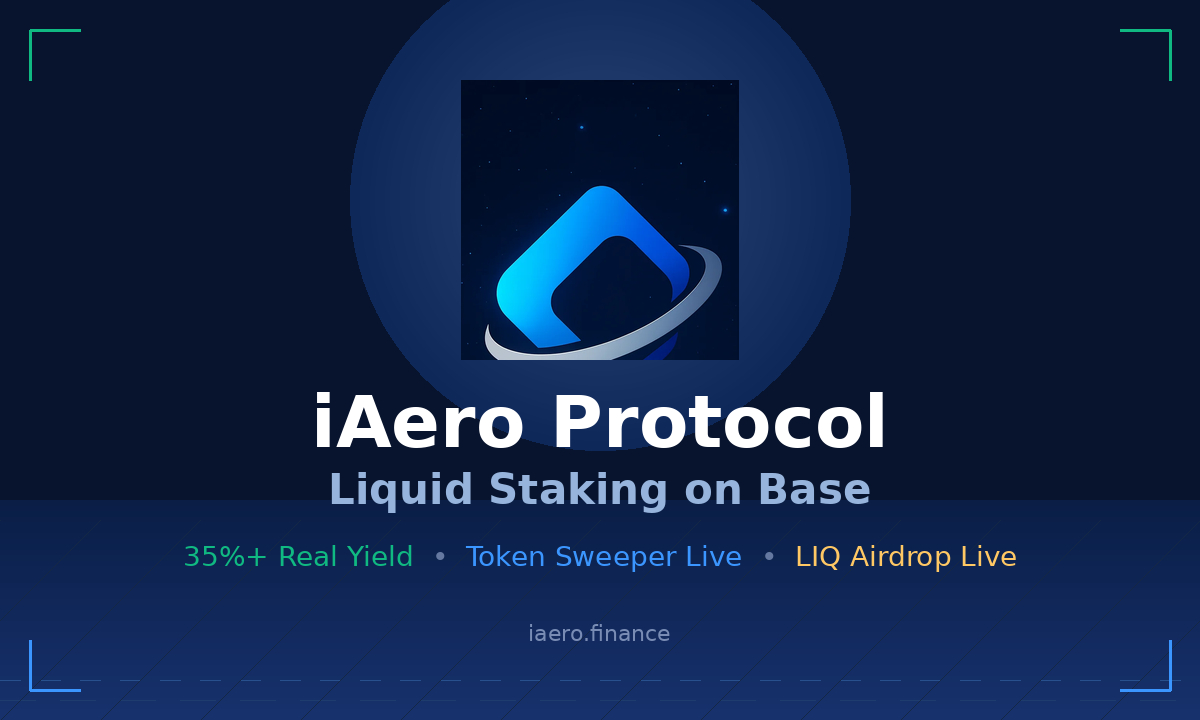Liquid Staking protocols are emerging as an innovative and important solution for the Ethereum ecosystem. Today, let’s explore with Coincu the top 15 notable Liquid Staking protocols in 2024.
What are Liquid Staking protocols?
Liquid Staking is a transformative technology, offering users a novel solution to maximize their assets. This innovation enables users to stake directly on Proof-of-Stake (PoS) networks such as Ethereum while retaining the flexibility to engage in diverse financial activities through staking tokens, known as Liquid Staking Tokens (LSTs).
Traditionally, users faced the challenge of having their assets locked when deposited into PoS staking protocols to contribute to network security and earn profits. Liquid Staking revolutionizes this paradigm by allowing asset owners to stake their staking assets and, in return, receive confirmation LSTs. These tokens serve as tangible proof of ownership of their staking assets, ushering in a new era of liquidity and versatility within the staking ecosystem.
From there, we have the birth of Liquid Staking protocols to meet the needs of the DeFi industry and its users.
Top 15 Liquid Staking protocols in 2024
1. Lido Finance
Overview
Lido Finance has emerged as a leading player in the realm of Liquid Staking, providing an innovative solution to the challenges users face when engaging in staking on Ethereum 2.0. The conventional approach involves locking users’ ETH for an extended period, with gradual release occurring after 9 months once Ethereum successfully transitions to a PoS system.
Lido Finance revolutionizes the staking experience by offering users synthetic token derivative assets of equivalent value when they participate in staking through the platform. This unique feature allows users to actively engage in DeFi activities on the Ethereum network or seamlessly explore opportunities across different blockchains, optimizing the utilization of their assets. Lido is the top-ranked project in Liquid Staking protocols today.
Pros and Cons
- Lido stands out for its clear, intuitive, and user-friendly interface, ensuring a seamless experience for both novice and experienced users.
- The platform offers a streamlined staking system, simplifying the process for users to participate in staking activities on Ethereum 2.0.
- Lido impresses users with a range of staking-related features, providing a versatile toolkit for optimizing staking strategies.
- Lido prioritizes user security with 256 Bit SSL Encryption, safeguarding users’ sensitive information and transactions on the platform.
- One drawback is the platform’s limitation in catering to users from the United States, potentially limiting its global user base.
- Lido restricts staking options to only three coins, which may be considered a limitation for users seeking a more diverse range of staking assets.
- Unlike some competitors, Lido lacks a welcome offer for newcomers, missing an opportunity to incentivize and attract new users.
- The platform’s exclusive focus on staking might deter users seeking a broader range of investment programs beyond staking.
2. Rocket Pool
Overview
Rocket Pool, a decentralized Ethereum staking protocol designed for compatibility with the Ethereum Beacon chain, has emerged as a leading player in the realm of Liquid Staking protocols on the Ethereum network.
Pros and Cons
- Rocket Pool provides users with a unique and more secure method for participating in the staking process on the blockchain.
- The protocol requires users to lock their ETH for a specified period, revolutionizing the staking experience.
- The minimum amount required for staking crypto on Rocket Pool is higher than on other platforms.
3. Mantle Staked ETH
Overview
Mantle Staked ETH is a permissionless and non-custodial solution, empowering Ethereum stakers with newfound flexibility and earning potential. The protocol introduces mETH tokens, providing stakers with the means to unlock their capital without sacrificing rewards.
This innovation enables Ethereum stakers to break free from traditional staking constraints, unlocking their capital for use in DeFi or other protocols while still actively earning staking rewards.
Pros and Cons
- Mantle Staked ETH is gaining significant traction, backed by the formidable support of the third-largest treasury. With a strong emphasis on composability between mETH and Mantle‘s layer-2 solutions, it presents a compelling opportunity to capture a significant share in the liquid staking landscape.
- The initiative’s backing from the third-largest treasury underscores the confidence and commitment to Mantle’s innovative approach.
- mETH adoption is limited because it depends on the allocation of the Mantle Treasury.
4. Jito
Overview
Jito is a leading Liquid Staking protocol that enables users to stake SOL and receive JITOSOL tokens, opening up myriad use cases to maximize profits. The protocol’s innovative approach aims to redefine the staking landscape, offering users unprecedented flexibility and earning potential.
Pros and Cons
- JITOSOL token holders now have the opportunity to diversify their income streams by engaging in various activities within the Solana ecosystem.
- Jito has strategically incorporated the Miner Extractable Value (MEV) reward mechanism into its protocol, ensuring that users holding JITOSOL tokens accumulate additional profits.
- Negative effects of MEV may occur during the staking process.
5. Marinade Finance
Overview
Marinade Finance is a decentralized Liquidity Staking protocol on Solana, allowing users to stake SOL to receive liquidity staking mSOL tokens and use it in many cases to optimize returns. Currently, Marinade Finance is the leading DeFi project among Liquid Staking protocols.
Pros and Cons
- Marinade Finance is empowering users with unparalleled flexibility in utilizing mSOL within Solana’s dynamic DeFi landscape.
- Marinade Finance automatically incorporates interest accrued from staking, thereby maximizing profits.
- Unlike traditional staking protocols, Marinade Finance breaks free from the confines of maturity dates for staked assets.
- The ability to make profits from mSOL is not high compared to other Liquidity Staking protocols.
6. Frax ETH
Overview
Frax Finance has recently unveiled Frax ETH, an innovative protocol aimed at elevating the liquidity staking experience through the collective expertise of its dedicated team and community. Frax ETH is one of the Liquid Staking protocols with the top TVL currently.
Pros and Cons
- Frax ETH maximizes staking yield and smooths the Ethereum staking process. This will simplify the staking process, making it easier for people to earn income from ETH.
- Risks of relying on frxETH (Frax Ether), a stablecoin loosely linked to ETH. Its exchange rate is designed to be within ±1% of the actual price of ETH, meaning that frxETH’s peg can be anywhere from 1.01 to 0.99 ETH.
7. StakeStone
Overview
StakeStone is a One-stop Staking cross-chain protocol that helps improve capital efficiency for staking participants and DeFi protocols.
The platform facilitates seamless connections between blue-chip assets and diverse DeFi protocols through its native token, STONE, which operates on the Ethereum blockchain and offers an interest rate akin to stETH on Lido. StakeStone links premier assets and DeFi protocols across various blockchain networks via the STONE token.
Pros and Cons
- StakeStone is a pioneering project in providing Liquid Staking solutions through an allocation portfolio optimization mechanism.
- STONE holders can deposit this token to other project groups to earn profits.
- STONE is not yet widely accepted, causing limited liquidity connecting protocols and liquidity providers.
8. Swell Network
Overview
Swell Network is an innovative decentralized Liquid Staking protocol, revolutionizing the landscape of DeFi on the Ethereum blockchain. With a mission to simplify DeFi for users across the spectrum, Swell Network aims to provide the ultimate Liquid Staking experience. Swell deserves to be in the top of the best Liquid Staking protocols on Ethereum.
The protocol allows users to ETH and, in return, receive Liquid Staking Tokens known as swETH. This novel approach not only secures the Ethereum network but also optimizes profits for participants. Swell Network’s commitment to delivering the best possible Liquid Staking experience sets it apart in the rapidly evolving world of decentralized finance.
Pros and Cons
- Atomic Deposit for Tailored Staking: Swell Network empowers users with an Atomic Deposit feature, allowing them to stake a minimum of 1 ETH into their preferred Beacon Chain contract. Users have the flexibility to choose their node operator based on profiles, commission rates, or performance metrics.
- swETH: A Versatile Liquid Staking Token: Swell Network introduces swETH, a liquid staking token representing the staked ETH within the platform. Notably, swETH offers users liquidity for their staked ETH, allowing them to engage with DeFi applications or deposit it into the Swell Vault for additional profits.
- swNFT for Staking Rewards Calculation: Introducing swNFT, a token tied to the amount of ETH staked in the Beacon Chain network. Swell Network relies on swNFT to calculate staking rewards on the Beacon Chain when users decide to withdraw.
- DeFi Integration for Enhanced Liquidity: Swell Network’s protocol goes beyond traditional staking by integrating with decentralized finance. The focus lies on creating liquidity for swETH. Upon withdrawal, Swell Network plans to launch the swETH/ETH pool on Uniswap V3 and Balancer, further enhancing liquidity options and opportunities for users.
- Vaults for swETH on Swell and other DeFi protocols are still not as numerous and diverse as other Liquid Staking protocols.
9. Stader Labs
Overview
Stader Labs is an emerging Liquid Staking project for users seeking simplicity in the staking process while maximizing returns tailored to the delegator’s risk profile. Stader Labs is among the Liquid Staking projects with potential development directions.
A distinctive feature of Stader Labs is its commitment to long-term growth. The project envisions evolving into a decentralized autonomous organization (DAO) platform, setting the stage for development teams to build scalable staking solutions. This forward-looking approach positions Stader Labs as not just a current solution but as a catalyst for the future of staking technologies.
Pros and Cons
- Simplified Node Selection: Stader Labs recognizes the common struggle among delegators in comprehending intricate performance metrics and staking risks.
- Efficient Performance Monitoring and Re-delegation:Addressing the need for vigilant performance oversight, Stader Labs introduces an innovative solution. Delegators can effortlessly monitor validator performance and respond promptly to any unsatisfactory results.
- Automated Rewards Management: Stader Labs acknowledges the time and effort delegators invest in tracking, monitoring, and distributing rewards equitably among validators.
- The staking method is more complicated than other protocols. Delegators will make node selection decisions and liquidity pools based on their assessments.
10. StakeWise
Overview
StakeWise is a prominent player in the field of liquid staking services, it facilitates users in staking ETH on the Ethereum 2.0 Beacon Chain. The platform operates within the realm of Liquid Staking protocols, standing alongside notable projects like Lido Finance and Rocket Protocol.
Pros and Cons
- Profit Maximization in the Pool: StakeWise prioritizes user profitability by applying competitive fees and implementing a distinctive separation of staking tokens (sETH2) and reward tokens (rETH2).
- Specialized Solo Product: The introduction of StakeWise’s specialized Solo product offers users a unique combination of stable performance, an intuitive Validator management tool, and a DAI fee collection mechanism.
- Thorough Testing and Optimization: StakeWise places a premium on reliability and performance, evident in its extensive testing phase. The platform has successfully run a public testnet for over half a year, with more than 200,000 ETH staked.
- Users must manage the difficult process of running Validators on behalf of other users. To do this, they must register as Validators using the asset withdrawal information given to StakeWise.
11. BlazeStake
Overview
BlazeStake is a liquid staking protocol tailored for the Solana ecosystem with a unique approach for delegators seeking to stake their SOL tokens.
The platform allows users to stake their SOL either through a standard delegation pool, which distributes stakes across hundreds of validators to promote decentralization, or directly to validators of their choice. In doing so, users gain access to liquid staking benefits, such as instant unstake liquidity, increased staking yields through DeFi, Solana ecosystem token airdrops, and more.
One of BlazeStake’s standout features is its recent introduction of airdrops for bSOL holders. Previously, the platform had rolled out a scoring system for users who hold bSOL and engage with it on DeFi protocols. As a result of this scoring system, BLZE tokens will be airdropped to users based on their score, providing them with additional value and incentives within the BlazeStake ecosystem.
Pros and Cons
- Allows users to stake SOL to receive bSOL with attractive APY.
- Users can easily create their own SPL tokens on Solana.
- bSOL is volatile and depends on the value of SOL, liquidity is limited.
12. BenQi
Overview
BenQi is the decentralized lending and borrowing protocol on the Avalanche ecosystem. It makes waves in the DeFi space by offering users a suite of powerful tools. The project is designed to empower users to borrow, lend, earn profits, and optimize capital efficiency through its two flagship products: BENQI Markets and BENQI Liquid Staking.
Pros and Cons
- BenQi stands out in the DeFi arena on the Avalanche ecosystem, offering users a convenient, easy-to-use, and cost-effective product suite that simplifies the DeFi experience. The platform is designed to be user-friendly, ensuring that users can seamlessly navigate its offerings with ease.
- The BenQi product suite not only prioritizes convenience but also places a strong emphasis on affordability, making it accessible to a broad user base. BenQi is one of the best Liquid Staking protocols on Avalanche.
- Loan approval rates for different types of mortgage assets are highly different.
13. LiNear Protocol
Overview
LiNear Protocol is a decentralized Non-Custodial Liquid Staking protocol similar to the Meta Pool project built on the Near Protocol ecosystem, where users stake Near through LiNear to receive rewards Stake PoS and receive LINEAR for liquidity on DeFi.
Pros and Cons
- Users can use LINEAR while betting to use other applications on the Near ecosystem.
- LiNear provides users with betting services on sports, entertainment and other events.
- Near Wallet does not yet support the LiNear Protocol.
14. Amnis Finance
Overview
Amnis Finance is a pioneering liquidity staking protocol on Aptos. As a foundational component of the Aptos ecosystem, Amnis Finance introduces a secure, user-friendly, and innovative liquid staking protocol that empowers users to effortlessly maximize returns on their APT tokens while unlocking their liquidity.
With a Proof-of-Stake protocol like Aptos, when users stake APT to receive rewards, these tokens are locked and not put into circulation, thus limiting users from participating in DeFi applications.
Pros and Cons
- Stake APT with high APY up to 11%.
- Users can both earn profits when staking APT and when using DeFi applications.
- Near Wallet does not yet support the LiNear Protocol.
15. Stride
Overview
Built on Cosmos, Stride is a blockchain (zone) dedicated to liquid staking, serving as a liquidity provider for staked assets inside the Cosmos ecosystem. Stride will be secured with the ATOM token as one of the “secured chains” via Cosmos Hub’s Interchain Security.
Users of Stride have the ability to benefit from staking and utilize and reinvest the liquidity they generate on other DeFi platforms within the Cosmos IBC ecosystem.
Pros and Cons
- Sride supports liquid staking for many blockchains on the Cosmos ecosystem.
- Through IBC, derivative assets that Stride issues can participate in all DeFi activities on the Cosmos ecosystem.
- Currently, users can only trade the project’s token, STRD, on the Osmosis platform.
What are the advantages of Liquid Staking protocols?
With the ability to trade and use staked tokens as collateral, Liquid Staking protocols are gaining momentum as a transformative force in the DeFi ecosystem.
Unlocking Inherent Value
Unlike traditional staking mechanisms, where tokens are locked and unavailable for trading or collateralization, Liquid Staking protocols unlock the inherent value of staked assets. This innovation allows users to actively trade and utilize their staked tokens as collateral within various DeFi protocols.
Composability Across DeFi
One of the key strengths of Liquid Staking lies in its composability within the DeFi space. Through the use of receipts representing staked assets in token form, these assets become versatile and can seamlessly integrate into a variety of DeFi protocols. From lending pools to prediction markets, the composability of Liquid Staking assets enhances their utility across the entire DeFi ecosystem.
Rewards Beyond Traditional Staking
While traditional staking provides users with the opportunity to earn rewards by verifying transactions, Liquid Staking takes it a step further. Users engaged in Liquid Staking not only continue to receive these rewards but also unlock additional profit avenues through participation in various DeFi protocols. This dual-earning potential adds an extra layer of incentive for users to explore the benefits of Liquid Staking.
Outsourced Infrastructure Simplifies Participation
Liquid Staking addresses the barrier to entry associated with traditional staking, which often requires users to maintain complex staking infrastructure. Liquid Staking providers offer a solution by enabling users to share in staking rewards without the need for extensive technical knowledge or the minimum token requirements for independent validation.
For instance, even individuals without the mandated 32 ETH needed to become an independent validator on the Ethereum network can still partake in the block rewards through Liquid Staking protocols.
Risks and limitations of Liquid Staking protocols
Slashing
Users engaging with liquid staking services are essentially entrusting the operational duties of a validator node to a third-party service provider. This outsourcing, while convenient, introduces the risk of slashing. Slashing occurs when the service provider engages in malicious or untrustworthy practices, jeopardizing the staked assets of users.
It is imperative for participants to thoroughly vet and trust their chosen liquid staking service providers to mitigate the potential impact of slashing.
Cheats and Security Concerns
The act of sending tokens to a liquid staking provider introduces vulnerabilities, particularly if the node operator’s private key is compromised or if the protocol itself contains smart contract vulnerabilities susceptible to fraud.
Users should exercise caution and conduct due diligence on the security measures implemented by the chosen liquid staking provider. Ensuring robust security protocols and practices can help protect against potential cheats and vulnerabilities in the liquid staking ecosystem.
Secondary Market Fluctuations
Liquid staking tokens, while representing staked assets, are not tied directly to the underlying assets they represent. The disconnect can lead to fluctuations in prices, driven by demand rather than the actual value of the staked assets. During liquidity crises or unexpected events, the prices of these tokens may fall below the value of the underlying assets.
Additionally, the lower trading volume of staked tokens compared to the underlying assets can amplify the impact of market shocks on staked token volatility. Participants should be aware of these dynamics and carefully consider market conditions when engaging with liquid staking tokens.
Conclusion
Liquid staking is a great staking solution that allows users to access liquidity while staking tokens. Hopefully through this article you have chosen the best Liquid Staking protocols for yourself.
DISCLAIMER: The information on this website is provided as general market commentary and does not constitute investment advice. We encourage you to do your own research before investing.










